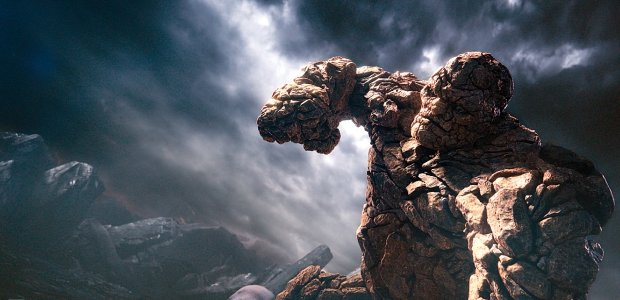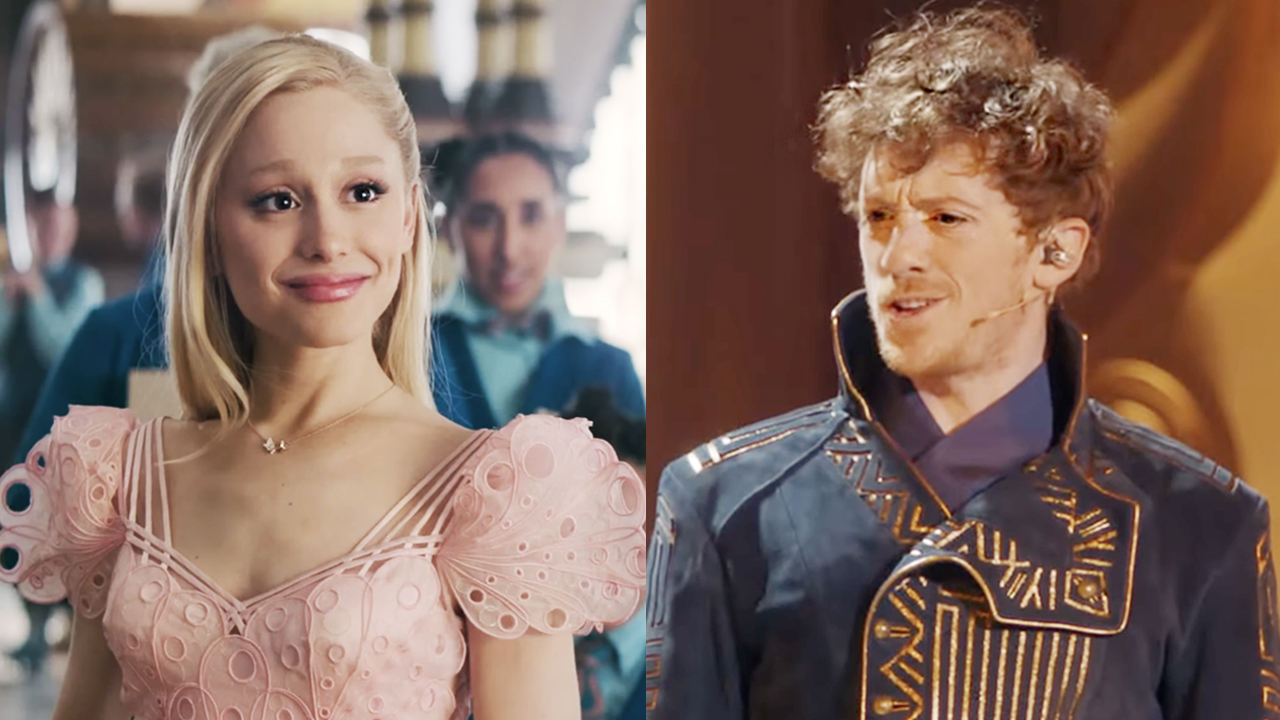There’s a good Fantastic Four movie – and the skeleton of a great Fantastic Four movie – residing in the patchwork quilt director Josh Trank has assembled from the materials provided for a 2015 origin story for Marvel’s “First Family.” Unique casting decisions, an updated source, and some unexpected tonal choices prove Trank was an interesting selection to follow up his homegrown Chronicle with an actual superhero film. Only, a few headscratchingly ill-advised decisions threaten to outweigh the positives in Trank’s first Fantastic Four story, guaranteeing that comic-book fans will spend more time debating what might have been instead of appreciating what the movie actually delivers.
Fantastic Four is an appetizer, teasing a meal that doesn’t actually come. It is a true origin story, and that fact alone may frustrate audiences who are tired of returning to square one every time we’re reintroduced to a superhero or comic book team who we’ve seen on screen before. And yet, I’d argue that a complete slate wipe is necessary for Trank’s Fantastic Four, because he’s coming at the team from a completely different angle than was utilized in Tim Story’s two family-friendly, jokey and overtly campy FF movies from the mid-2000s. This is a palate cleanser, and one that establishes a darker Fantastic Four universe I’m honestly hopeful we can continue to explore.
Pulling, instead, from the Ultimate line of Fantastic Four comics – a modernized retelling of the super-team’s origins – Trank wisely begins with a young Reed Richards (Owen Judge), an avid inventor whose high school Science Fair project on teleportation catches the eye of Dr. Franklin Storm (Reg E. Cathey), head of the Baxter Foundation research facility. Reed (now played by Miles Teller) is offered a scholarship and teamed with the equally intelligent Sue Storm (Kate Mara), Franklin’s adopted daughter, on an experimental venture initially launched by Victor Von Doom (Toby Kebbell). Reed’s scientific breakthroughs allow Storm’s team to finally complete Doom’s preliminary attempts at interdimensional travel. Even casual fans know that an predestined journey to a realm now known as Planet Zero will bless (and curse) Doom and the four Fantastic members with their extraordinary powers.
There is a lot of ground to cover in this retelling, and Trank’s pace is speedy, touching on events that should be significant milestones while only hinting at proper character development. In addition to the three key figures I’ve already mentioned, we also meet hotshot Johnny Storm (Michael B. Jordan), Franklin’s arrogant son whose motivations to join Reed’s team are admittedly thin. We get a better sense of commitment from Ben Grimm (Jamie Bell), Reed’s childhood best friend who agrees to accompany the squad on their maiden voyage to Planet Zero, and will ultimately regret this decision with every fiber of his being.
Here’s where Trank’s Fantastic Four gets really interesting. Continuing a conversation he started with Chronicle, Trank posits that the transformations undergone by the Fantastic Four aren’t wondrous and magical. They’re terrifying and unbearable, with Fantastic Four suddenly shifting into a body-horror dilemma instead of a conventional superhero story. Johnny, for example, can’t understand why his body’s engulfed in flames. Sue keeps shifting in and out of an invisible state, and her father is petrified. And when Ben reaches out to Reed for an explanation as to why he’s suddenly made out of large, orange rocks, there’s a stark and bone-chilling terror in his voice that has roots in early David Cronenberg horror films. Yes, Fantastic Four actually had me thinking about The Fly, in the best ways possible. This is the approach that should be taken with The Fantastic Four, and while “gritty” and “grounded” were buzzwords used by the cast to prepare audiences, “realistic” and “scary” equally apply to the vision that Josh Trank started.
It doesn’t last. A title card dropped around the hour mark reduces some of the movie’s momentum (and raises an army of questions), and while I can mention it, I want to stop diving into specific details so that you can experience Fantastic Four for what it is. Right when the movie brings inevitable team leader Reed Richards to a pivotal crossroads – where he is asked to choose between assisting the military or escaping to possibly cure his friends – we jump ahead one full year… and speculation begins to run rampant. What happened during this crucial timeframe to important characters like Reed, Victor and the rest of the team? We are given minor answers, but they don’t fit with the previous narrative. Plots that were developed up to that point radically shift. Doom is brought back into the fold (because he is the most important antagonist on the Fantastic Four’s landscape), and the hints of his power are terrifying. But they remain only that. Hints. The movie’s conclusion is abrupt, and the overall film is incomplete. From the moment the movie leaps forward in time, Fantastic Four feels like a movie that was tinkered with in post-production, and too much of what I enjoyed out of the first two-thirds is sidetracked in favor of reaching a different goal.
Did Josh Trank allow this to happen? We may never know. Fantastic Four is a rare example of a film that arrives in theaters with sizable baggage, whether earned or not, and it’s very hard to silence that buzz while watching the actual finished film unfold. Fantastic Four disappoints because it gets several significant elements correct – The Thing is a masterful on-screen creation, for example, and Michael B. Jordan shows real potential to be a scene-stealing Johnny Storm in future movies – but drops a few too many balls when trying to deliver a movie that can stand on its own. The movie keeps promising us that something really cool is about to happen, except we probably have to wait for the already announced sequel (which isn’t guaranteed).
Your Daily Blend of Entertainment News
It’s important to note that I do want to know what happens to this team next. But that doesn’t nullify the issues I had with this introductory chapter in the new legacy of the Fantastic Four. Josh Trank’s Fantastic Four ends up being a mixed bag of groundbreaking comic-book visuals, subtle mood shifts (that frequently benefit the film), and incomplete storylines that suggest post-production tinkering and a lack of clarity in the overall vision of the film. It is haphazard enough in its second half to be disappointing, yet spot-on when it comes to creating a foundation on which a new Fantastic Four can be built. I genuinely liked a lot of what Trank tried with these characters, while admitting that there are some glaring issues that plague the movie, overall. As schizophrenic as this is to say, this is the best version of the Fantastic Four we’ve seen on screen, though yes, I understand the backhanded nature of that sincere compliment.

Sean O’Connell is a journalist and CinemaBlend’s Managing Editor. Having been with the site since 2011, Sean interviewed myriad directors, actors and producers, and created ReelBlend, which he proudly cohosts with Jake Hamilton and Kevin McCarthy. And he's the author of RELEASE THE SNYDER CUT, the Spider-Man history book WITH GREAT POWER, and an upcoming book about Bruce Willis.

